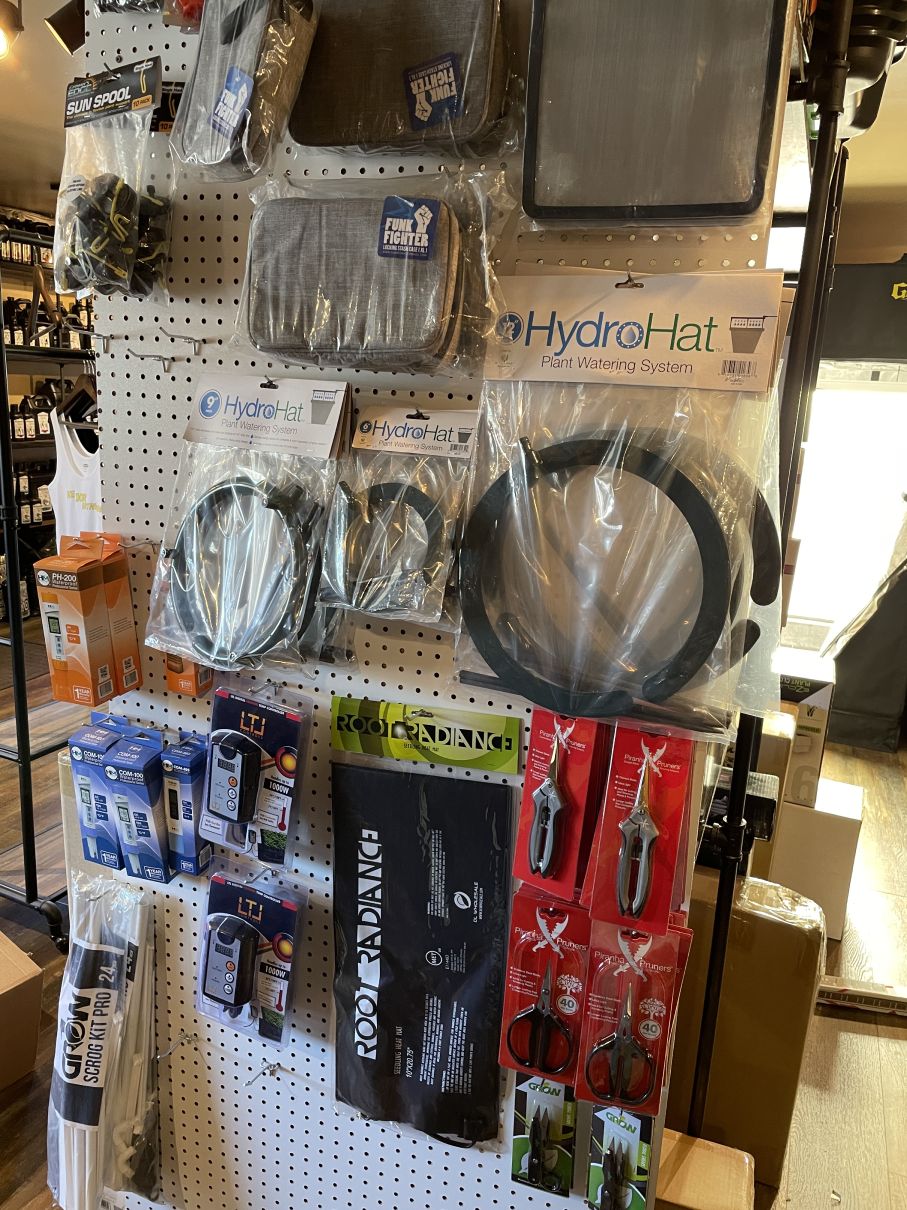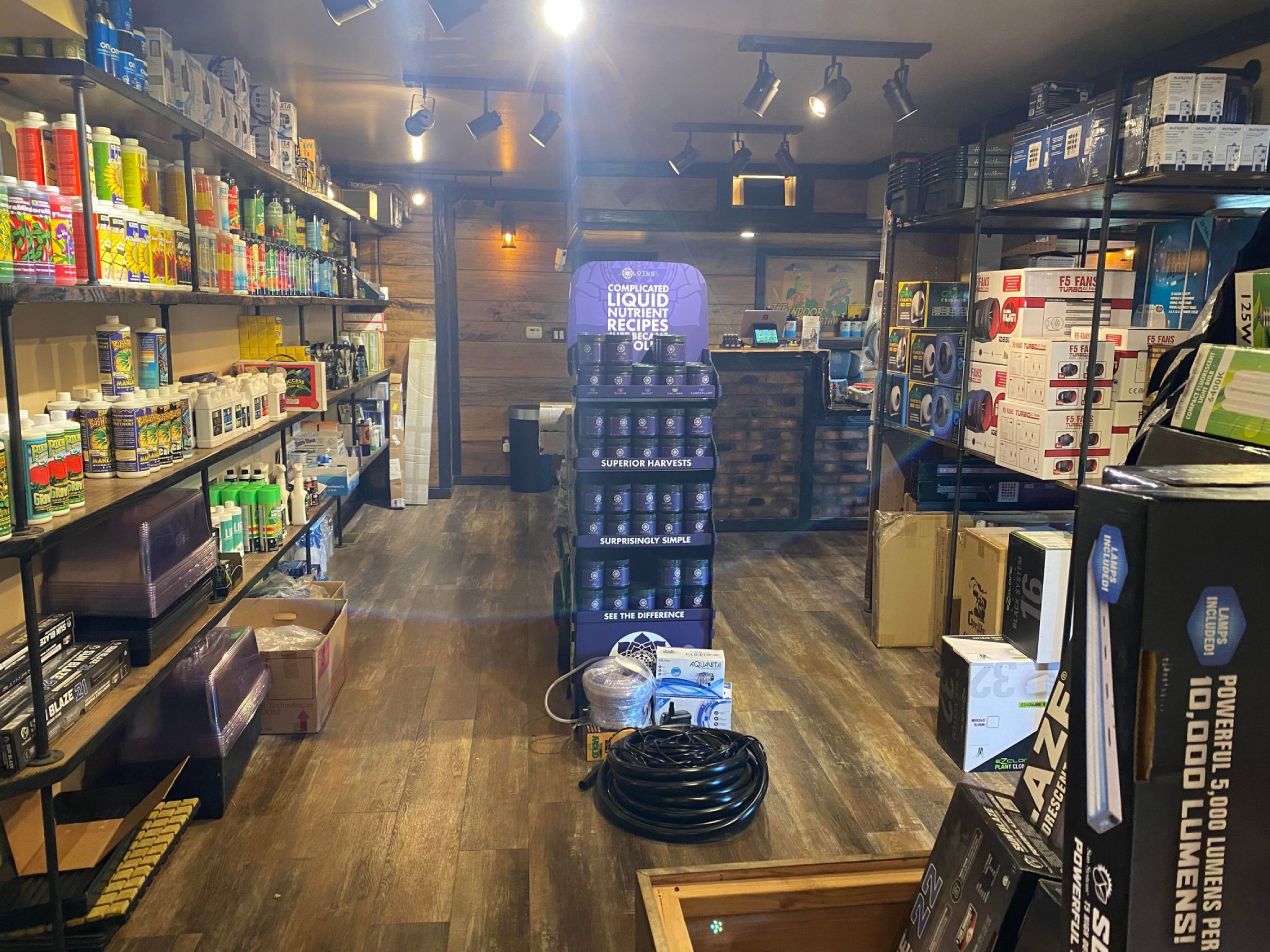The Indoor Earthworm: The Necessary Pet Dog for Eco-Friendly Homes
The Indoor Earthworm: The Necessary Pet Dog for Eco-Friendly Homes
Blog Article
The Ultimate Overview to Hydroponic Solutions and Techniques
On the planet of modern-day agriculture, hydroponic systems have actually arised as a groundbreaking approach for cultivating plants without dirt. The careful balance of water, nutrients, and light in hydroponic arrangements uses a promising choice to standard farming practices. As we reveal the complexities of hydroponics in this comprehensive overview, we will browse via the numerous kinds of systems, check out the necessary nutrients essential for plant development, and dig into advanced strategies that can substantially boost returns. What takes place when typical concerns arise in hydroponic systems? Remain tuned to unravel the troubleshooting methods that can make or damage a successful harvest.
Benefits of Hydroponic Solutions
Hydroponic systems use a plethora of advantages, including effective source application and accurate nutrient shipment to plants. By supplying a regulated setting for plant growth, hydroponic systems make it possible for ideal water and nutrient use, bring about greater returns contrasted to traditional soil-based cultivation. This efficiency not just conserves resources but also reduces waste, making hydroponic systems eco-friendly.
Furthermore, the exact shipment of nutrients in hydroponic systems enables personalization based upon the certain requirements of each plant range. This targeted technique makes sure that plants get the ideal balance of necessary nutrients, advertising healthier growth and minimizing the risk of nutrient shortages or inequalities. In addition, the capability to keep track of and adjust nutrient degrees in real-time maximizes plant efficiency and overall plant top quality.
Moreover, hydroponic systems get rid of the need for chemicals and herbicides, as the closed-loop system decreases the risk of parasites and conditions that are typically located in soil-based farming - The Indoor Earthworm. This not only benefits the plants and the atmosphere yet likewise adds to creating cleaner, healthier crops for usage
Kinds Of Hydroponic Setups

Deep Water Culture (DWC) includes suspending plant roots in a nutrient service, enabling sufficient oxygenation. Nutrient Film Technique (NFT) utilizes a shallow stream of nutrient solution moving over the plant roots, offering a continuous supply of nutrients. Ebb and Flow systems flood the plant origins at periods, guaranteeing they get nutrients and oxygen. Leak systems entail leaking a nutrient service onto the plant roots, offering specific control over feeding. Aeroponics hazes the plant roots with a nutrient service, making best use of oxygen absorption.
Each sort of hydroponic configuration has its advantages and is matched to different plant varieties and development phases. Understanding the distinct attributes of these systems can help hydroponic farmers select the most ideal configuration for their specific demands and preferences.
Vital Nutrients for Hydroponics
In hydroponic systems, plants depend on a specific balance of necessary nutrients to thrive and grow successfully. These essential nutrients are important for numerous plant functions such as photosynthesis, root advancement, and total growth.
In addition to macronutrients, plants likewise require second nutrients like sulfur, magnesium, and calcium, as well as micronutrients such as iron, copper, zinc, and manganese (The Indoor Earthworm). These nutrients are crucial for ensuring that plants have all the required foundation to perform important organic procedures

Advanced Techniques for Optimum Return
To accomplish optimal returns in hydroponic systems, cultivators can execute advanced strategies that enhance plant development and efficiency. Additionally, using methods like plant training and pruning can aid enhance light circulation and air flow, guaranteeing that all parts of the plant get adequate light and nutrients. Using automated systems for nutrient delivery and surveillance can help keep ideal nutrient degrees, minimizing the risk of shortages or imbalances that can impede plant growth.
Troubleshooting Common Hydroponic Issues
When encountered with challenges in hydroponic systems, farmers commonly experience usual issues that can prevent plant growth and efficiency. One prevalent trouble is nutrition deficiencies, where plants do not have vital top article elements for healthy and balanced development. To fight this, normal monitoring of nutrient degrees and readjusting the nutrient service as necessary is important. Another usual problem is pH inequality, which can lead to vitamins and mineral lockout and poor absorption. Preserving the proper pH range certain to the plant being expanded is vital for ideal nutrient uptake. Furthermore, inadequate oxygen levels in the origin zone can cause root rot and stunted development. Ensuring appropriate aeration and oxygenation of the nutrient option can help avoid this issue. Insect infestations, such as aphids index or spider mites, can additionally afflict hydroponic systems. Carrying out incorporated parasite monitoring strategies and consistently evaluating plants can aid control and prevent infestations. By quickly determining and dealing with these typical hydroponic problems, cultivators can preserve healthy plants and maximize returns in their hydroponic systems.
Conclusion
In conclusion, hydroponic systems use various advantages for growing plants successfully. With careful preparation and attention to information, hydroponic systems can revolutionize the method plants are grown, leading to more lasting and productive agricultural methods.
By providing a controlled environment for plant growth, hydroponic systems make it possible for optimal water and nutrient usage, leading to greater yields contrasted to conventional soil-based cultivation. The Indoor Earthworm. Nutrient Movie Technique (NFT) utilizes additional resources a superficial stream of nutrient service flowing over the plant origins, providing a consistent supply of nutrients. Monitoring and readjusting nutrient levels based on plant development phases is essential to avoiding vitamins and mineral deficiencies or poisonings and taking full advantage of plant performance in hydroponic systems
Furthermore, using techniques like plant training and pruning can aid enhance light circulation and air movement, ensuring that all parts of the plant receive adequate light and nutrients. Utilizing automated systems for nutrient shipment and tracking can assist preserve ideal nutrient degrees, reducing the risk of deficiencies or imbalances that can hinder plant growth.
Report this page